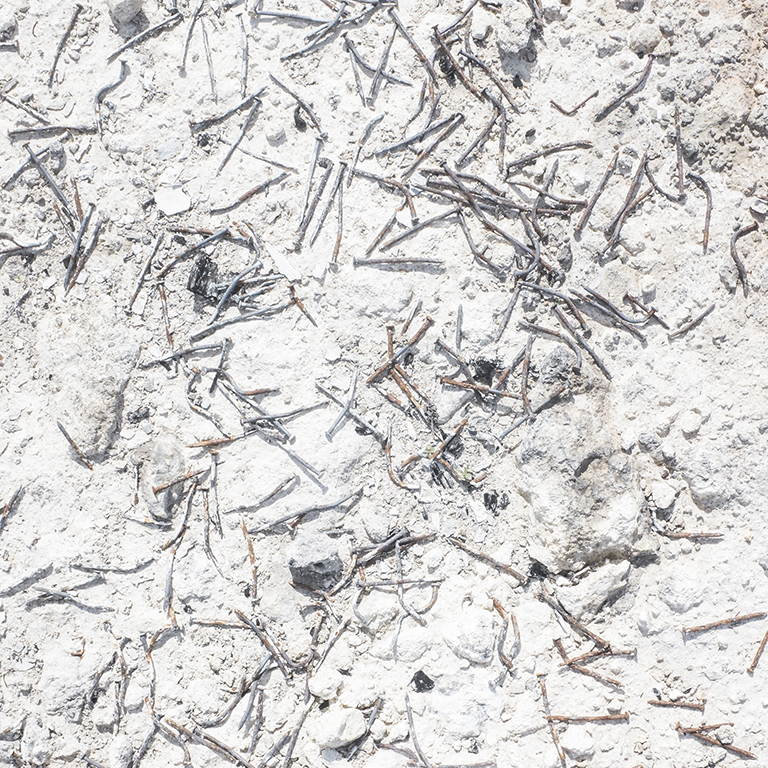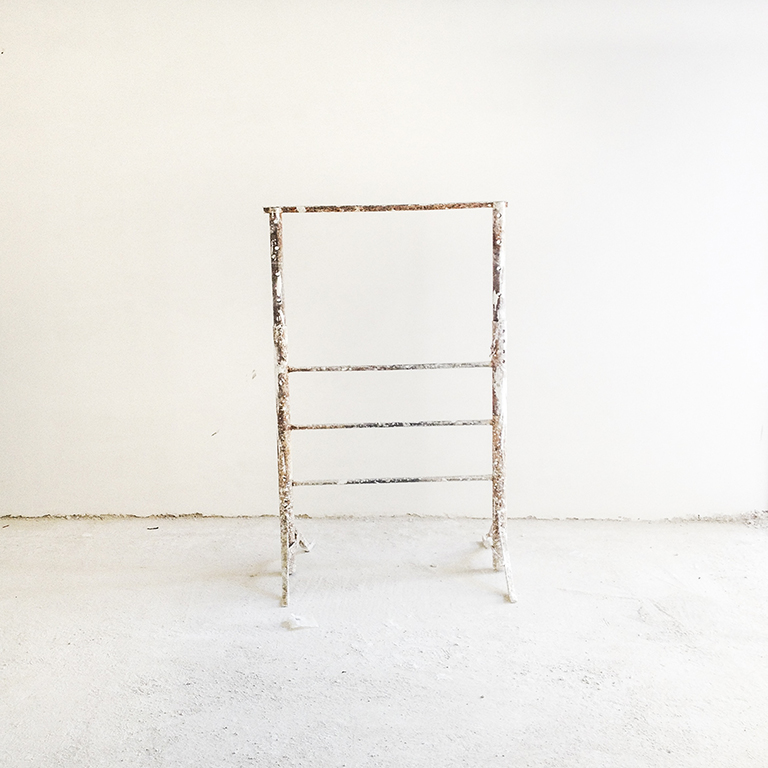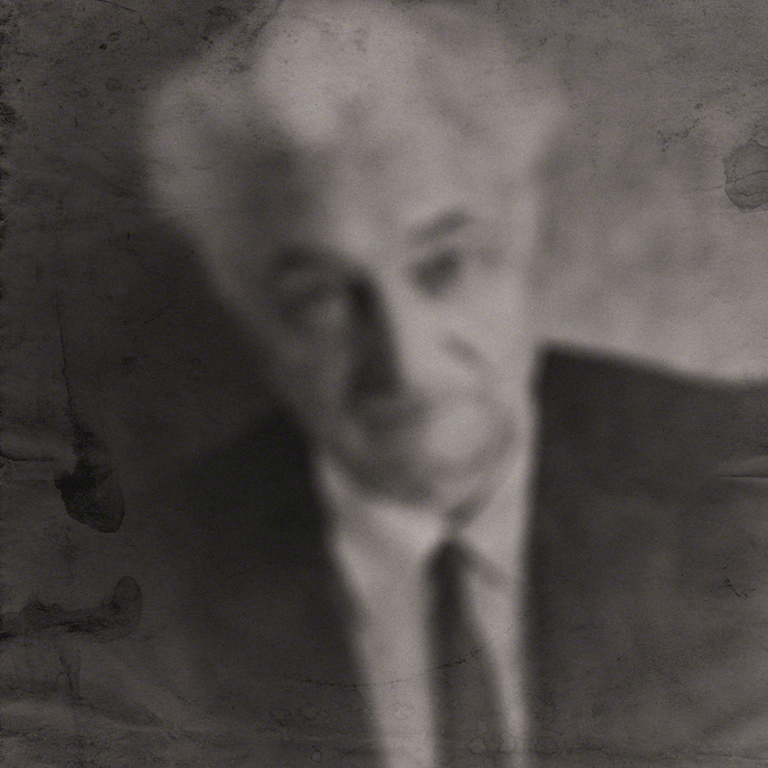Era Domani
Era Domani
2015-2020 | Sicilia


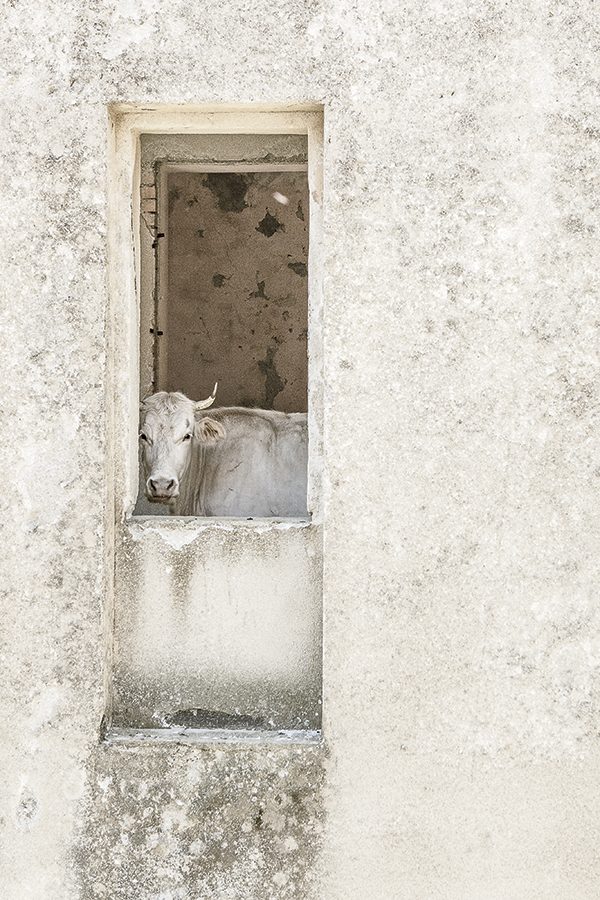

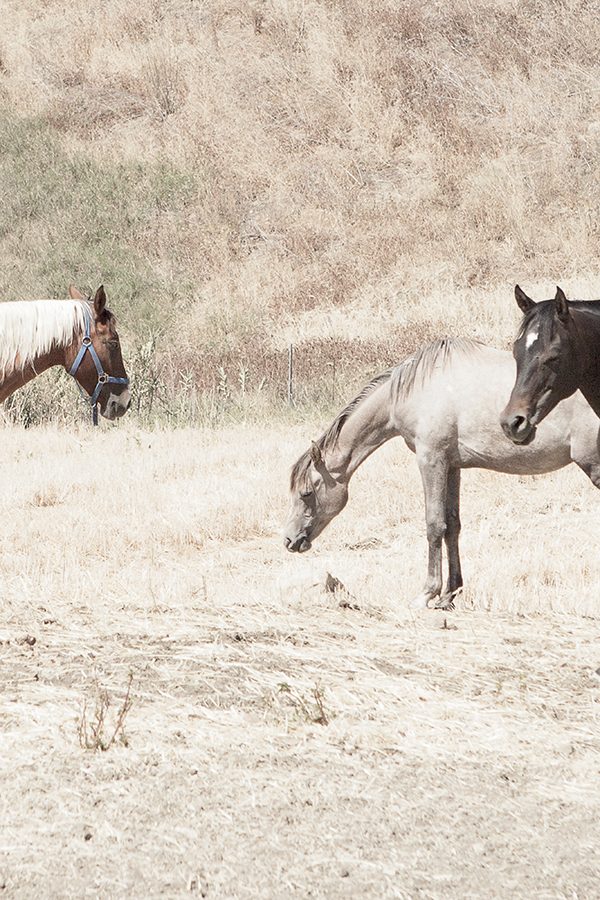

Agli inizi del ‘900 la società rurale siciliana era contraddistinta da una forte dicotomia: da un lato pochi nobili e ricchi latifondisti con ampi privilegi, dall’altro i contadini poveri. Le condizioni erano pessime: totale dipendenza dal “padrone”, analfabetismo di massa, nessuna assistenza sanitaria, nessuna tutela, mentre ampie estensioni di terreno rimanevano spesso improduttive o lasciate al pascolo.
A seguito della Prima Guerra Mondiale le condizioni peggiorarono ulteriormente, molte famiglie erano state improvvisamente private della loro principale forza lavoro: quelle giovani braccia inviate al fronte. Mentre le promesse fatte, circa la requisizione e la ridistribuzione di terre incolte, furono disattese.
In questo contesto nacque l’ECLS (Ente di Colonizzazione del Latifondo Siciliano) con lo scopo di portare a termine una serie di opere di bonifica e di frantumare la realtà economica e sociale del latifondo. A tal fine l’ECLS diede luogo alla progettazione e realizzazione di un certo numero di “Borghi Agrari”, questi però (a differenza di quanto avvenne nel Nord Italia) furono esclusivamente “borghi di servizio”, essi infatti non ospitavano i contadini, ma piuttosto strutture di servizio: i negozi di derrate, gli artigiani, il medico, la levatrice, la chiesa, la stazione dei carabinieri e gli uffici dell’ente colonico.
La maggior parte dei borghi progettati non fu mai realizzata o diede luogo a pratiche fraudolente di malversazione.
La fine dell’epopea dei borghi rurali in Sicilia coincise con l’abbandono degli stessi, lo spopolamento delle campagne, la ricostituzione del latifondo, la ripresa della corsa all’urbanizzazione e l’emigrazione alla ricerca di un lavoro.
Nel primo anno di attivitá (1940), l’ECLS realizzó otto borghi rurali, uno per provincia, con l’esclusione della provincia di Ragusa: Borgo Schiró (PA), Borgo Bonsignore (AG), Borgo Fazio (TP), Borgo Gattuso (CL), Borgo Cascino (EN), Borgo Giuliano (ME), Borgo Rizza (SR), e Borgo Lupo (CT).
Quest’attività proseguì nel 1941 con la progettazione e l’inizio della costruzione di altri sette borghi: Borgo Guttadauro (CL), Borgo Bassi (TP), Borgo Borzellino (PA), Borgo Callea (AG), Borgo Caracciolo (CT), Borgo Ventimiglia (CT), e Borgo Fiumefreddo (SR). Dopo la II Guerra Mondiale vennero realizzati altri due borghi: uno in provincia di Palermo (Borgo Manganaro), l’altro in provincia di Messina (Borgo Schisina). Quest’ultimo, gravato da uno scandalo nazionale per presunti interessi privati, fu presto abbandonato perché mal progettato e peggio realizzato, peraltro su terreni incoltivabili.
Emanuele Canino
During the early 1900s, the Sicilian rural society was characterized by a strong dichotomy: on one side, few noblemen and wealthy landowners with ample privileges, on the other, the poor peasants. The conditions were awful for the peasants who relied wholly on the “master”. Mass illiteracy was commonplace, with no health care, and no protection; while extensive areas of land were often left unproductive or left to pasture for cattle.
Following the First World War, conditions deteriorated even further, many families were suddenly deprived of their main workforce as their youth were sent to the battlefront. Meanwhile promises of redistribution and acquisition of the land for the poor were then forgotten.
In this context, the ECLS (the Latifundium Sicilian Colonization Body) was founded with the aim of completing a series of projects to reclame and break up the economic and social structure of the large estates. To this end, the ECLS gave rise to the design and construction of a number of “Borghi Agrari” (Rural Villages); however (unlike Northern Italy) these “Borghi Agrari” were exclusively “service villages”, in fact they were not designated for the peasants, but rather, serviced facilities such as food shops, artisans, the doctor’s office, the midwife, the church, the carabinieri and the farmhouse’s offices.
Most of the planned villages were never built or worse gave rise to fraudulent embezzlement practices.
The end of the epic of rural villages in Sicily coincided with their abandonment due to the depopulation of the countryside, the reconstruction of the ‘latifundia’ (the original estate), the increasing rush to urbanization and the growing emigration to find work elsewhere.
In 1940, eight rural villages were realized during the first year of ECLS’s activity. One per Province with the exception of the Ragusa province: Borgo Schiró (PA), Borgo Bonsignore (AG), Borgo Fazio (TP), Borgo Gattuso (CL), Borgo Cascino (EN), Borgo Giuliano (ME), Borgo Rizza (SR), e Borgo Lupo (CT).
This activity continued during the following year by projecting and starting the construction of a further 7 rural villages (Borghi): Borgo Guttadauro (CL), Borgo Bassi (TP), Borgo Borzellino (PA), Borgo Callea (AG), Borgo Caracciolo (CT), Borgo Ventimiglia (CT), e Borgo Fiumefreddo (SR). After the Second WW ended, two more Villages were realized: One in the province of Palermo (Borgo Manganaro), and the other in the Province of Messina (Borgo Schisina). The latter, clouded by national scandal and alleged private interests, was soon to be abandoned due to bad planning and even worse construction; furthermore, this Borgo was projected on land that was entirely uncultivable
Emanuele Canino













